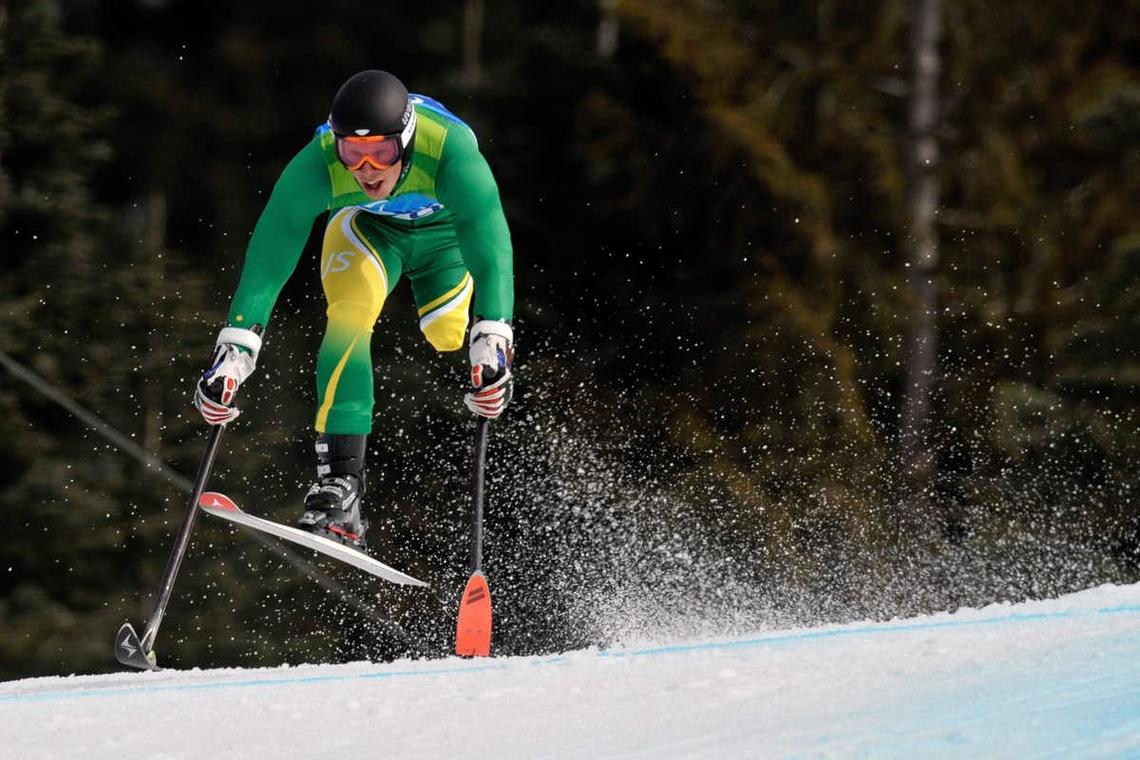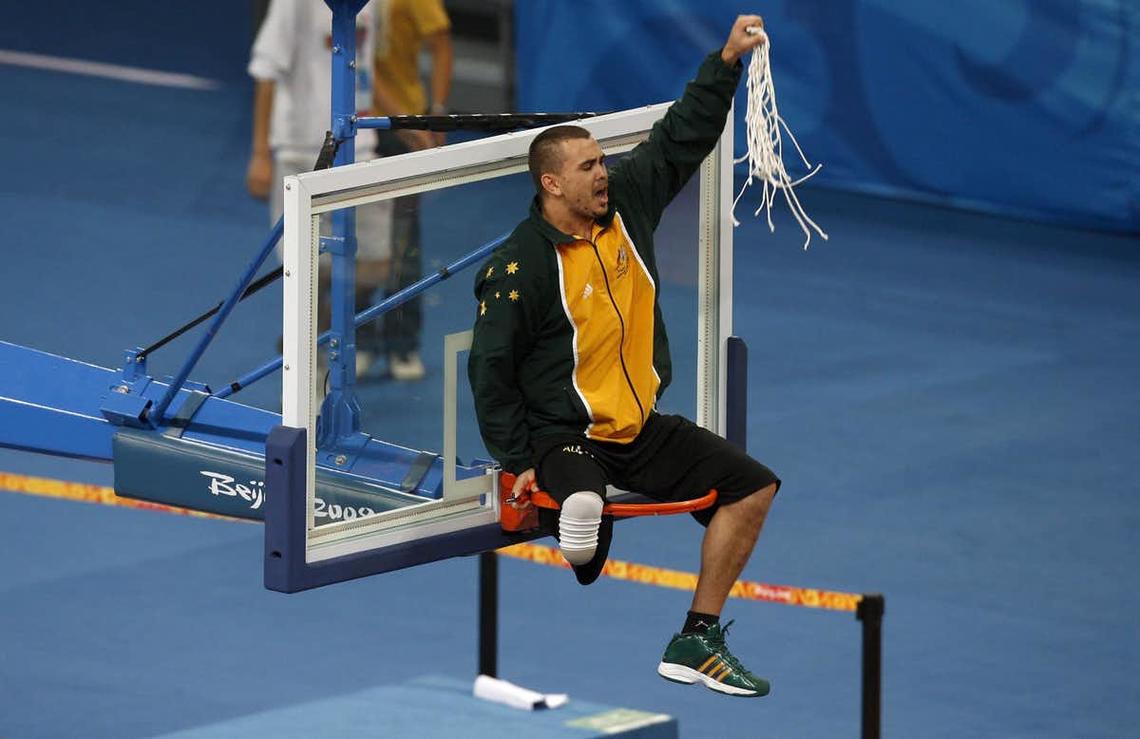Aug. 30, 2012
Superhip to supercrip: the ‘trickle-down’ effect of the Paralympics

Sport is seen as important for the quality of life, self-esteem, independence and social integration of people with disabilities, and the Paralympics are one expression of this importance. But what effect do they have for the “average” person with a disability?
No-one would question the spectacle. The [London Paralympic Games](http://www.paralympic.org/Events/London2012/AboutUs](http://www.paralympic.org/Events/London2012/AboutUs), running from this week until September 9, will feature 4,200 athletes from 160 countries competing in 20 sports.
It’s worth noting the growth curve here. The Summer Paralympic Games have exploded from 400 athletes representing 23 countries in 1960 to 3,951 athletes from 146 countries in Beijing 2008.
Size hasn’t been the only gain. The popularity of the Paralympic Games has also increased. Ticket sales for London 2012 are brisk, having already reached record highs and are expected to reach 2.5m.
This isn’t a one-off. Ticket sales of 230,000 at the [2010 Winter Paralympic Games](http://www.paralympic.org/paralympic-games/vancouver-2010](http://www.paralympic.org/paralympic-games/vancouver-2010) in Vancouver, Canada also set a new record.
But despite the increased popularity of the Paralympics there are problems. As a 2010 Australian government report stated:
We as a nation can do more to ensure that people with disability and our high performance athletes with disability have opportunities to participate in sport at all levels.
According to Senator Mobina Jaffer, chair of a 2012 Canadian Senate committee on human rights report:
There are 4.4 million Canadians with disabilities, and certain studies indicate that as low as 3% of these individuals may be participating in regular organised physical activity.
Too few persons with disabilities are able to participate, due in part to barriers such as costs for specialised equipment and transportation, a lack of specialised coaches and information regarding the sport opportunities that do exist.
Not only that, as the Paralympics have become more popular, this has not improved the participation of disabled people in recreational sport and physical activity.

Australia’s Cameron Rahles-Rahbula competes in the Men’s Downhill at the 2010 Paralympics.
EPA/Dominic Favre
Elisabeth Walker-Young, a former Paralympic swimmer from Canada, was quoted in 2010 as being “thrilled” by the increase in participation at the Paralympics and the awareness the Games generated for people with a disability.
What still frustrated her was how this growth at the elite level had not “trickled down” into more people with disabilities becoming active.
Helping motivate people with disabilities to become more involved in some form of physical activity will be one of Walker-Young’s goals in her role of assistant chef de mission for the Canadian team at the London Paralympics.
The same article went on to report that Statistics Canada estimated only 3% of people with a physical disability considered themselves physically active, adding that:
Some disabled people may feel uncomfortable at a gym or pool because of the looks they receive.
Barriers
Recently, my student and I have performed an as-yet unpublished systematic review of academic literature covering barriers encountered by disabled people to various sport activities. From elite- to recreational-level sport, the top five barriers mentioned in the 256 articles we looked at – in order of dominance – were:
- attitudes
- money
- accessibility of facilities/architecture
- knowledge/skill of staff
- transportation
The nature of the barriers might explain why no trickle-down effect has occurred. Reasons two to five really aren’t linked to the success of the Paralympics. The popularity or otherwise of the Paralympics does not trigger accessible transportation, enough income to participate in sport, accessible facilities or knowledgeable staff.
But the first reason – attitudes – should give the Paralympics organisers’ pause for thought.
In 2003 the International Paralympic Committee (IPC) General Assembly adopted a vision statement that, among other things, supported creating “the conditions for athlete empowerment through self-determination” – in so doing, making a “contribution to a better world for all people with a disability”.
The attitudes we found, through our research, hindering wider sport participation of disabled people included bullying, insensitivity of staff, a “you can’t do” sentiment and self-consciousness of the disabled person.

Australian wheelchair basketballer Justin Eveson celebrates winning gold at the Beijing Paralympics.
EPA/Oliver Weikin
A question of cool
Let’s look at the last two reasons [“you can’t do” sentiment and self-consciousness of the disabled person] through the one story that seems to have captured the media and public’s attention in the last four years – namely the quest of the South African Paralympic track and field athlete Oscar Pistorius to run in the Olympics.
One can expect that the next generation of “Cheetah legs” – as used by Pistorius – will be even more powerful, and down the road we might see other bionic devices be used by Paralympic athletes.
But what will this do to the self-consciousness, the self-esteem of disabled people who cannot have these “cool” devices whether for monetary reasons or because no “cool” device exists for their “disability”?
What will it do to the ability expectations others have of disabled people? Will the ones without the cool devices be seen as even less able, feeding into the “you can’t do” sentiment?
Deep impact
There’s long history of analysing the impact of high-performance people with disabilities (athlete or not) on the “average” person with a disability.
The term supercrip was coined to highlight the negative consequences of a situation whereby some people with disabilities are seen as “heroes” and are admired in superlative terms for their “courage” and determination.
Technological advancements such as the Cheetah legs lead to changed ability expectations of disabled people, feeding further into this supercrip narrative.
Sport on all levels is important for disabled people, and it’s great the Paralympics have gained, and look set to keep gaining, popularity.
But much has to be done to ensure this popularity leads to real changes for the average person with a disability.
